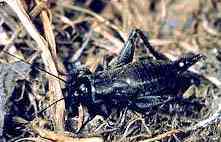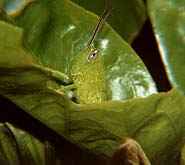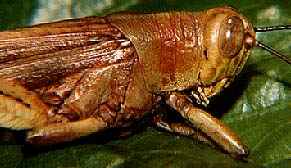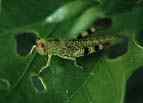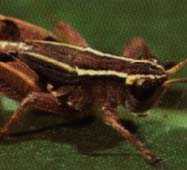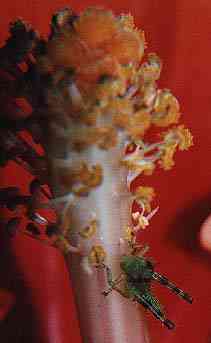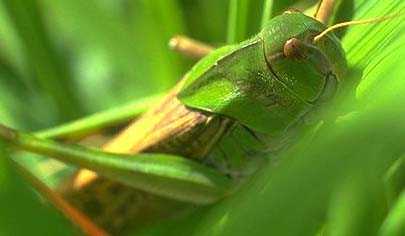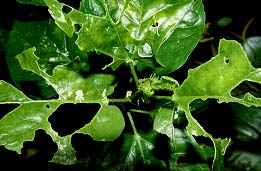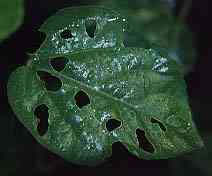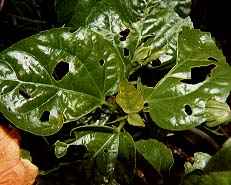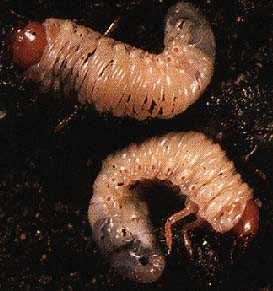
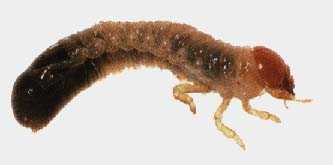
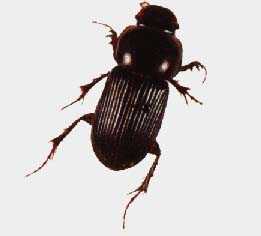


The beetle order embraces more species than any other group in the animal
kingdom. At least 250,000 species are known, more than one-quarter of all
animal species. About 160 families exist; although some contain only 1
or 2 species, others, such as the weevil (q.v.) , contain 30,000 species,
far more, for example, than all mammal species. The classification of this
enormous number of forms is extremely difficult. The order is generally
divided into four suborders, namely, Archostemata, Adephaga, Myxophaga,
and Polyphaga; these are, in turn, subdivided into series and super families.
The families are further divided into subfamilies, and these are subdivided
into tribes and genera. Some coleopterists find still other groupings necessary
to indicate the many relationships and differences among beetles.
Beetles vary widely in their habits and are found under the most diverse
conditions. A few live in salt water, more in fresh water, and a small
number breed in hot springs.
Some beetles live under the bark of living and dead trees.
Numerous beetles feed on the roots, wood, leaves, flowers, and fruit
of living plants, causing great economic damage. Some beetles, such as
the ladybird
beetle, prey on pest insects and thus are important in biological control.
Ladybird
..![]()
Size: X 4.0
Others are scavengers, living on dung or dead animals. Some are parasitic
and live in the nests of ants,
bees, or termites, existing on food brought into the nest by the hosts
or on the hosts themselves. Virtually every product of the animal or vegetable
kingdom supplies some beetle, including the bookworm with food.
Crickets
....Cricket

.Size: X 1.0
Common name for many species of insect in the order Orthoptera, which
also includes grasshoppers and katydids. The species often called true
crickets, such as the field cricket Gryllus assimilis of the Americas,
make up the subfamily Gryllinae of the family Gryllidae. Some are cave
or house dwellers. These insects have long antennae and hind legs adapted
for jumping; their hearing organs are located on the front legs. Cricket
species are characterized by the chirping call of the male, produced by
rubbing a grooved ridge on the underside of one of the front wings against
the sharp edge of the other front wing. The solitary animals remain by
day in crevices or shallow burrows dug in the soil, emerging at night to
feed on vegetation and on aphids, and other insects. During breeding season
the male attracts a female with its call, sometimes driving off other males
that intrude on its territory. The female uses its long, spear like ovipositor
to insert eggs into the soil or plant stems. The young, called nymphs,
resemble the adults and reach full size after 6 to 12 molts; as adults,
they live 6 to 8 weeks.
Many other orthopterans are called crickets, such as the burrowing
mole crickets, which have strong front claws for digging and hind legs
that are not adapted for jumping. Some are only distantly related to true
crickets.
